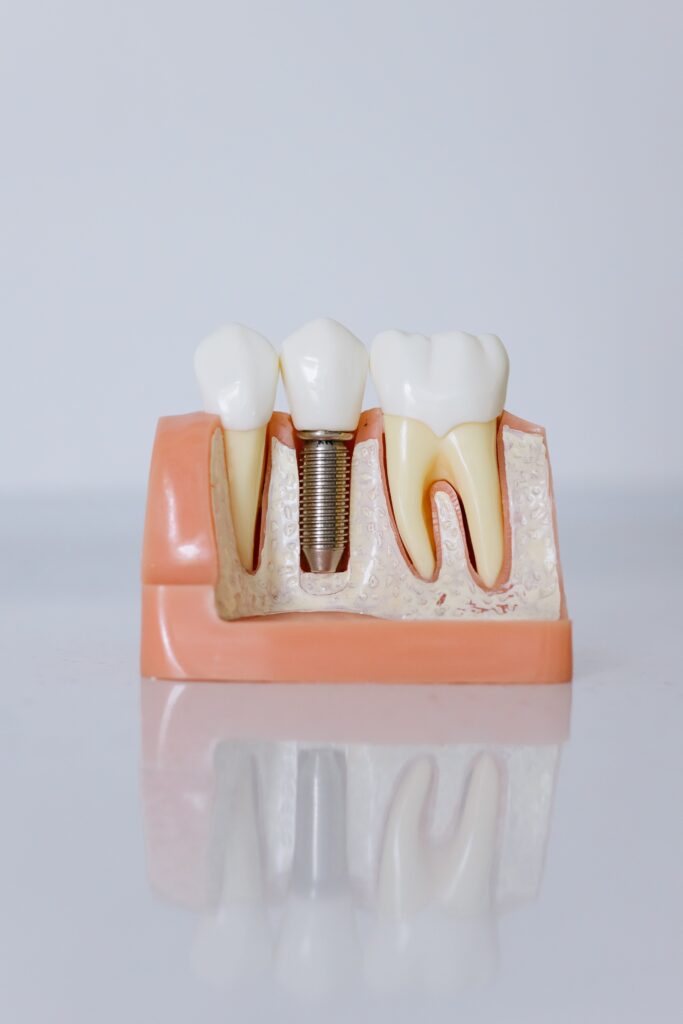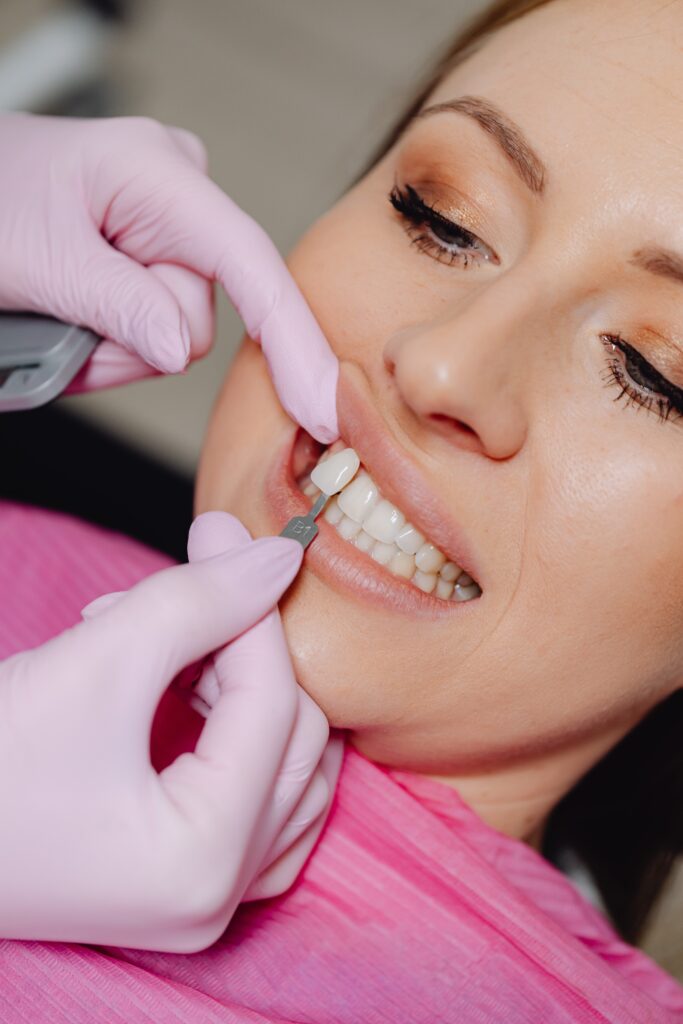Dentistry indicates the treatment of diseases and other conditions that affect the teeth and gums, especially the repair and extraction of teeth and the insertion of artificial ones. Over last few years, the means of healthcare delivery has showed a significant shift, and dentistry is no exception. The advent of telemedicine has paved the way for a revolutionary approach to dental care known as teledentistry. According to the American TeleDentistry Association, Teledentistry is the use of interactive audio, video, data communications to provide and support dental care delivery, diagnosis, consultation, treatment, transfer of dental information, and education. Utilizing technology to connect patients with dental professionals remotely, teledentistry offers convenience, accessibility, and improved oral health outcomes. Let’s explore this innovative field and its impact on modern dentistry.
Teledentistry encompasses a range of virtual dental services that leverage digital communication tools to provide dental consultations, assessments, education, and even treatment remotely. This approach has ability to overcome various barriers to traditional dental care, such as geographical limitations, time constraints, and financial concern, and has thus gained momentum.
Teledentistry has several key benefits, where the major ones includes its ability to enhance access to dental care, especially for underserved populations and those residing in rural areas. By connecting patients with dental professionals via video consultations, individuals can receive expert advice and guidance without the need to travel long distances or endure lengthy waiting times. This saves time and money and also provides timely care to patients. It thus prevents potential oral health issues from escalating into more serious problems.
As per the research published in the Journal of Oral Biology and Craniofacial Research, teledentistry has helped to improved access to care for underserved communities, including low-income individuals, young ones, and the elderly. It has also been effective in reducing the burden on emergency departments and urgent care centers, as remote consultations can address non-emergency dental concerns promptly.
Teledentistry is not limited to consultations alone; it can also facilitate the diagnosis and treatment planning process. Through the use of high-quality images, radiographs, and other diagnostic tools, dental professionals can remotely assess dental conditions and provide appropriate treatment recommendations. This not only expedites the care process but also allows for collaboration between specialists and general dentists, ensuring comprehensive and coordinated treatment.
Moreover, teledentistry offers a valuable platform for oral health education and preventive care. Dental professionals can educate patients about proper oral hygiene practices, dietary recommendations, and lifestyle modifications to maintain optimal oral health. By empowering patients with knowledge and self-care strategies, teledentistry promotes proactive oral health management and reduces the risk of dental problems in the long run.
It is important to note that teledentistry has its limitations. Certain procedures, such as complex restorative work or oral surgeries, still require in-person visits. However, by triaging cases through teledentistry, dental professionals can determine the necessity of in-person care, streamlining the treatment process and minimizing unnecessary visits.
As with any healthcare service, patient privacy and security are of utmost importance in teledentistry. Strict adherence to privacy regulations, secure data transmission, and encrypted communication platforms are essential to maintain confidentiality and protect patients’ sensitive information.
While teledentistry continues to evolve, its potential to reshape the dental landscape is evident. It has the capacity to improve access to care, increase efficiency, and promote proactive oral health management. However, it is not a replacement for traditional dental visits but rather a complementary tool that enhances the overall patient experience and expands the reach of dental care.
In conclusion, teledentistry represents an exciting frontier in oral healthcare. By utilizing the power of technology, it reduces the gap between dental professionals and patients, delivering accessible, convenient, and efficient dental care. As the field continues to advance, teledentistry has the potential to transform the way we approach oral health, ultimately improving the well-being of individuals worldwide.






